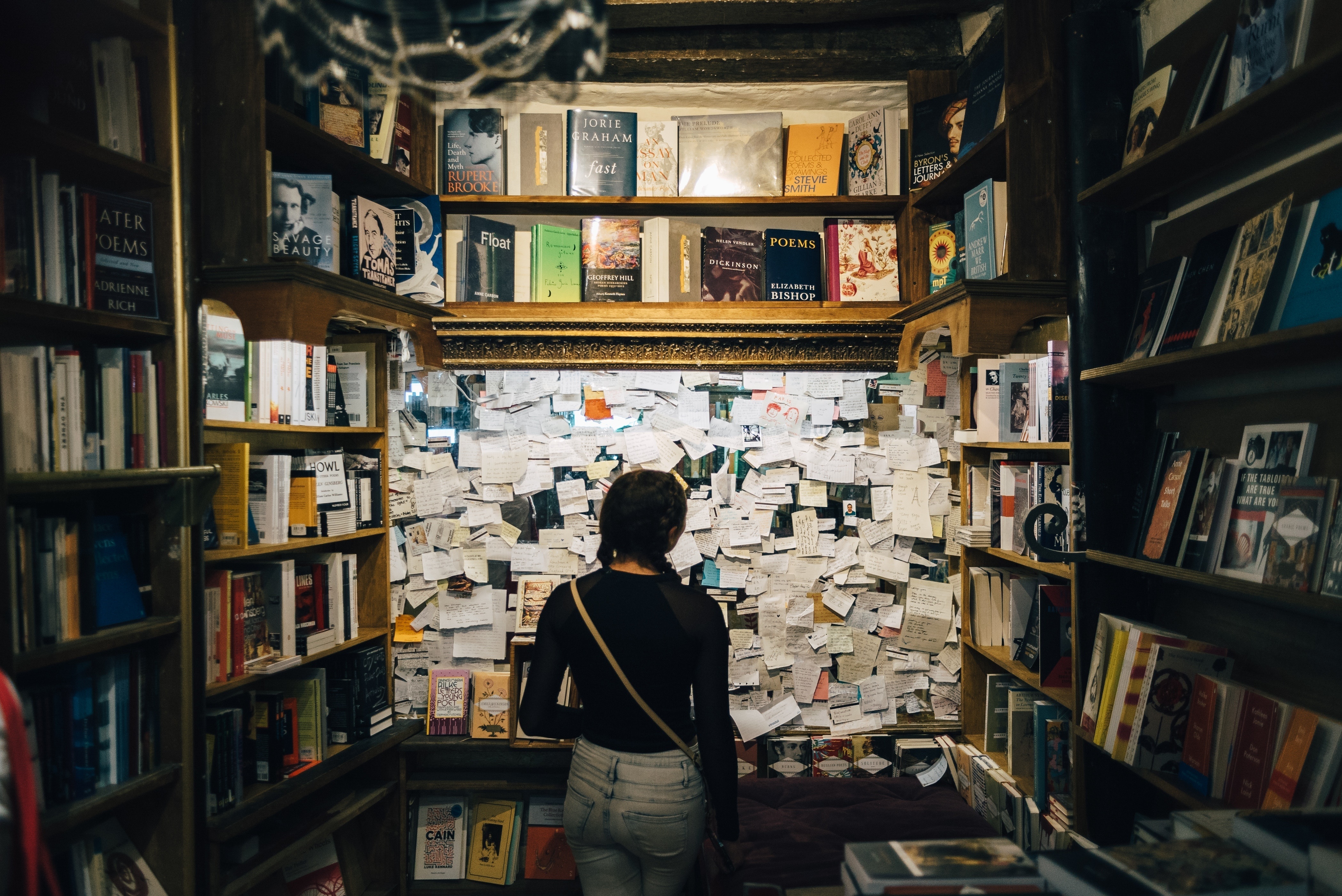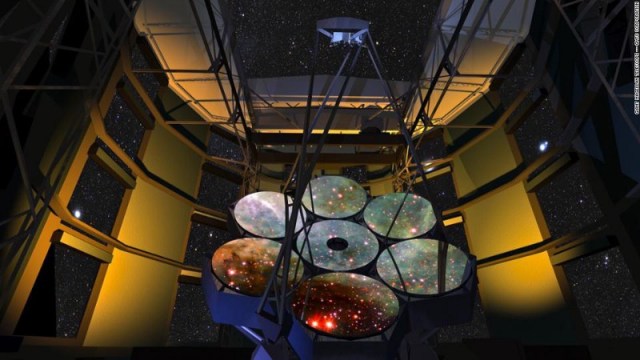6 books to help you through anxious times

Photo: Solarseven / Shutterstock
- Anxiety levels are increasing due to the pandemic and political uncertainty right now.
- Anxiety and depression cost the economy $50 billion in health care costs and lost work every year.
- These six books cover anxiety’s physiology, environmental factors, and potential treatments.
With just over a month until the next presidential election, November is predicted to be a dark moment in American history. Numerous memes regarding the challenges of 2020 offer a cautious laugh, but it’s not enough to stop rising rates of anxiety; one study found that depression rates have tripled during the pandemic as well.
Knowledge is power. While reading cannot combat unemployment or fix a broken health care system, books offer perspective. As frustrating as this moment is proving to be, humans have endured extreme challenges before. Understanding the mechanics of anxiety—its physiology, environmental factors, and methods for coping—is helpful under any circumstances.
Mental health issues hurt us individually, and collectively as well: one study found that Americans lose 321 million work days every year due to anxiety and depression, costing the economy $50 billion. We don’t want to quantify every metric, yet that type of figure points to a serious problem. With a potential depression coming in 2021, we need to be prepared now.
Below are six books that address different facets of anxiety. They each offer important reminders that humans are resilient animals with the right training and mindset. Acquiring such knowledge is the first step in managing your anxiety. Perhaps, as some of these works suggest, you can even use it as fuel for transformation.
You’re Wired for Anxiety. And You’re Wired to Handle It | Anne Marie Albano | Big Thinkwww.youtube.com
Anxious: Using the Brain to Understand and Treat Fear and Anxiety – Joseph Ledoux
Neuroscientist Joseph Ledoux has written the go-to book for understanding everything about anxiety. How it arises in consciousness, its physiological manifestation, reshaping psychotherapy, environmental stressors—you name it. Ledoux argues that you must treat the outward symptoms and inner causes if you want to holistically address anxiety. He points out that uncertainty about the future (and how to prepare for it) is a common trigger for anxiety disorders, which puts 2020 into perspective.
“Patients with panic disorder…have a hypersensitive suffocation alarm system, which falsely detects a dangerous level of CO2 and lead to hyperventilation, which in turn produces an actual rise in CO2 (due to short, fast inspiration). The resulting dizziness and light-headedness lead the person to misinterpret the physiological changes and worry and dread follow in the panic-stick person.”
The Upside of Stress: Why Stress is Good For You, and How to Get Good At It – Kelly McGonigal
Health psychologist Kelly McGonigal flips the anxiety script on its head in this inspiring and motivational work on the advantages of stress. Anxiety is part of life—we’ve known that since Freud, and intuitively, long before (Kierkegaard had a few things to say as well). What if you can reframe that physiological energy and use it as a catalyst for action? McGonigal offers plenty of ways you can do just that.
“One of the effects of the biological stress response is to make you more open to your experience. You feel things more, and your ability to notice expands. You are more sensitive to other people and to your environment.”
My Age of Anxiety: Fear, Hope, Dread, and the Search for Peace of Mind – Scott Stossel
Scott Stossel, a longtime editor of The Atlantic, has suffered from crippling anxiety for years. This half-memoir, half-exposé offers a compassionate gaze into the personal and societal complications of anxiety. Stossel investigates the many attempts at therapy, from the common to the outlandish. Most importantly, he offers real-world advice for controlling and managing symptoms.
“Conscientious people who were highly neurotic tended to be more reflective, more goal oriented, more organized, and better at planning than average; they tended to be effective, ‘high-functioning’ workers—and to be better at taking care of their physical health than other workers.”

Credit: Lightspring / Shutterstock
The Trauma of Everyday Life – Mark Epstein
In this beautiful handbook for life, psychiatrist Mark Epstein puts Buddhism into action. He claims humans are all traumatized in some capacity, which creates lasting and often subconscious anxiety. Epstein uses the vast toolkit of Buddhist philosophy to reengineer trauma as a catalyst for transformation. The first step is not only striving for what is good and pleasant. You have to face trauma head-on. If you do, Epstein assures us, the world is yours.
“The key, taught the Buddha, lies in not taking trauma personally. When it is seen as a natural reflection of the chaotic universe of which we are a part, it loses its edge and can become a deeper object of mindfulness.”
How Emotions Are Made: The Secret Life of the Brain – Lisa Feldman Barrett
We don’t react to situations, writes psychology professor Lisa Feldman Barrett. Rather, we constantly create our reality. It only feels like reacting because of how deeply our patterns are imprinted. Fortunately, patterns are malleable. In this spellbinding book about the nature of emotions and human consciousness, Barrett leads the reader through the historical construction of emotions, assuring you that you don’t need to be the victim of your mind. You are the author of your experiences.
“[Emotions] are not triggered; you create them. They emerge as a combination of the physical properties of your body, a flexible brain that wires itself to whatever environment it develops in, and your culture and upbringing, which provide that environment.”
Wayfinding: The Science and Mystery of How Humans Navigate the World – M.R. O’Connor
There’s something beautiful about getting lost. Not only does it make you notice your surroundings, it activates parts of your brain that remain silent when you default to using Waze for navigation. Science writer Maura O’Connor’s exquisite book reminds us of what we’ve lost in an automated world and the anxiety this “ease” adds to our lives. Of course, she also offers solutions that keep you mentally engaged and emotionally healthy.
“Mapping is an act of committing to memory the experience of bodily movement and reenacting it. It’s a kind of performance, like telling a story.”
—
Stay in touch with Derek on Twitter, Facebook and Substack. His next book is “Hero’s Dose: The Case For Psychedelics in Ritual and Therapy.”
When you buy something through a link in this article or from our shop, Big Think earns a small commission. Thank you for supporting our team’s work.





